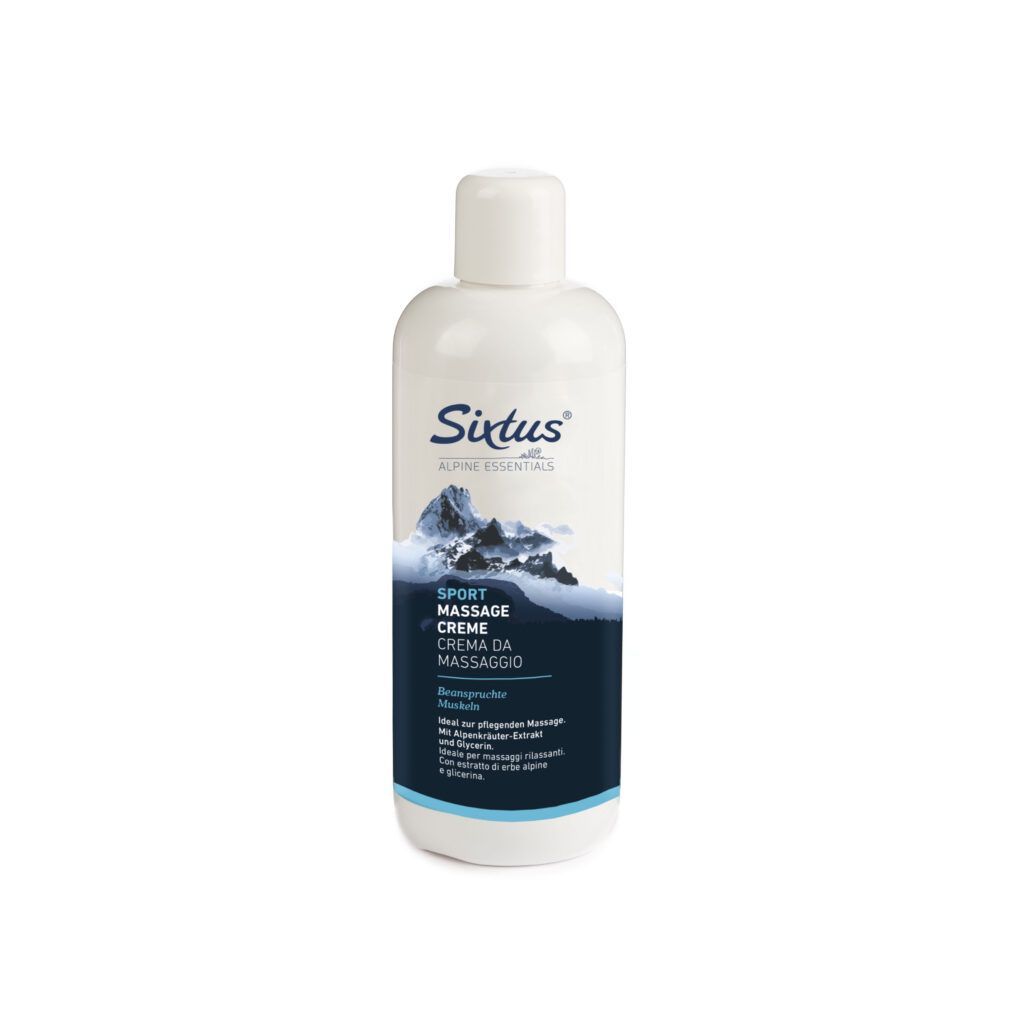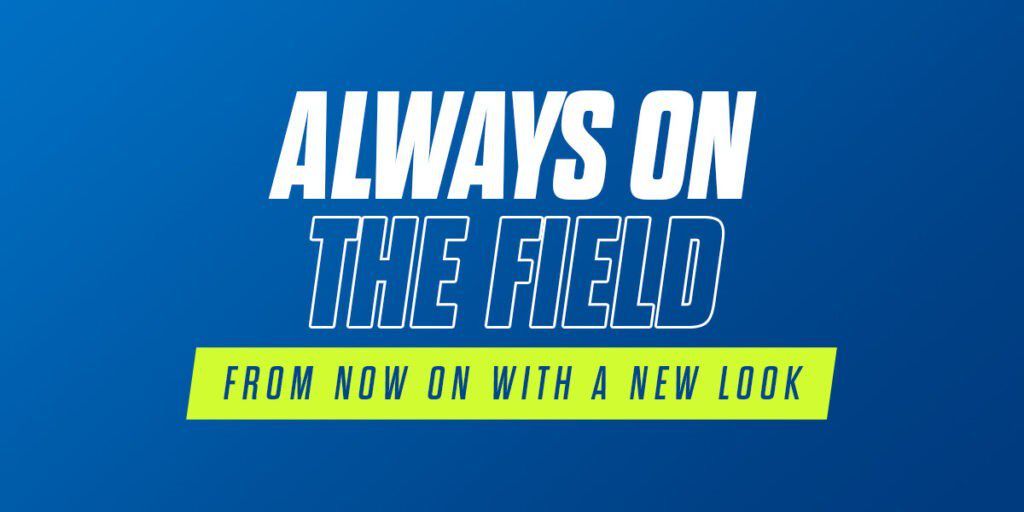Being able to ensure the maximum condition of an athlete despite the fact that the doctor sees the player only a few times and cannot directly follow his/her preparation. This is one of the main tasks of the doctors of the various national teams, a far from simple task where ""close collaboration with the doctors of the club teams” becomes fundamental because ""through a capillary mutual exchange of information the athlete can be followed better and his/her health protected more effectively. Decision-sharing is fundamental to clinical success”.
The person talking is Andrea Ferretti, head of the entire Italian medical area i.e. the doctors and physiotherapists of 19 National Teams, who explains the work of the many health professionals who stand behind the successes of the various National teams.
The interview with Andrea Ferretti
Professor Ferretti, how do you organise the work of so many Club Italia pros?
""Club Italia is divided into various areas which work together in order to optimise the work according to the sports results of the various National teams. What I am responsible for is the medical area whose main purpose is to provide assistance to the 19 National Teams (male, female, five-a-side soccer and beach soccer teams) which represent the FIGC in international competitions.
The biggest problem, as these are very different teams in relation to the players’ composition, the level and specificity of the discipline, is to provide a certain uniformity in terms of diagnostic and therapeutic procedures in order to also ensure continuity as the players grow older and, as often happens, move on from one juvenile team to another, up until the senior national team. In this, as the director of a school of specialisation in Orthopaedics and a representative of a Sports Medicine one, I have a major advantage in the fact that many students have been trained and educated by me, who, based on agreements with the CONI, actively follow the teams, completing their own training and providing the required assistance.
For many years now, each team has been entrusted to two doctors, one with orthopaedic-traumatology training and another with general internal medical sports training who can therefore tackle most clinical events"".
Being a doctor of a national team involves enormous responsibilities, including because the players cannot be followed constantly.
""Of course, taking care of professional athletes represents a decidedly burdensome commitment, also in terms of professional responsibility. What I recommend to all my collaborators is the principle I have always been inspired by during my long career as a national team doctor and that is to have a close collaboration with the doctors of the club teams.
Through a capillary mutual exchange of information, the athlete can be followed better and his/her health protected more effectively. Decision-sharing is fundamental to clinical success”.
What are the differences between being a club doctor and doing it for a national team?
""The differences are fundamental. The club doctor is the player's real personal doctor, while the national doctor is a bit like the emergency room doctor. But just as the ER doctor needs the information of the attending physician, so, in cases of injury or other acute situations, does the attending physician need information from the doctor who intervened in the first aid situation. I would say that they are different responsibilities, but both extremely important ones"".
Is it necessary that there should be continuous contact with those who look after the players in the clubs? And what collaborations can be put in the field?
""Nowadays, the new communication strategies make collaboration between the various professional figures much easier. We not only exchange general information but also radiographic images, ultrasounds and resonances. In a recent accident of an Italian athlete which occurred in the club, my also being able to view the radiographic images allowed reassuring the coach about the availability of the athlete for the under 21 European Championship.”
How are the rhythms of modern football compatible with the need to limit injuries?
""This is a topic currently being discussed not only by the FIGC, but also by the supranational bodies (UEFA and FIFA) which, when scheduling the fixtures, are beginning to take into account the overload of competitive commitments, whose effects have been seen more in the rate of injuries than in the athletic performance. Injury prevention and dosing the workloads is one of the most important aspects of the preparations of a football team.
There are various aspects and procedures to prevent injuries (acute lesions) and overloading pathologies (chronic lesions) and monitoring the availability/unavailability of the players has become one of the most important evaluation criteria of the technical staff’s work, including doctors, physiotherapists and all those who look after the health of the players"".
Working for a national team means being able to do one’s job with little time available: one-two matches in a few days with a blitz retreat. What does this mean from a medical point of view?
""As I said before, the ability of the National team doctor must be precisely to immediately frame the pathology and above all to define the prognosis in order to avoid the players from running unnecessary risks on the one hand, and on the other to unnecessarily prolong the stay of the player in retreat, perhaps depriving the coach of the possibility of providing his replacement. This requires a certain amount of sport-specific clinical experience and, as I was saying, a knowledge of the athlete's medical history which can be acquired through colleagues working in the club.
To facilitate the work and to have a database available which is also useful for scientific purposes, the medical area of Club Italia has adopted an original software able to follow all the players selected for the National teams since their first call-up, during each retreat and training session. This software records daily anthropometric characteristics, type of training, clinical parameters and any injuries. The data obtained from this software have already been studied and presented at specialist sector conferences"".
The situation is different in important events such as World or European Championships.
""The job of the national team doctor changes radically at wider-ranging events such as the final stages of the World Cup or European Championships, getting a little closer to that of the club's doctors. However, even on these occasions the doctor must always keep in mind the particular situation of the athlete and his/her double role as an Italian National athlete and an athlete of that particular club.
Although he/she operates full independently as he/she is totally responsible for the player’s health at that precise moment, situations could arise during which decisions become extremely delicate, including because of the media impact that they can sometimes originate. It is not always easy to combine wisdom, prudence, confidentiality, elements which sometimes take on the same importance as professional ability and clinical experience.
National Teams and Sixtus Italia, a consolidated relationship that has been going on for years.
""I have known Sixtus for many years and I have followed its international growth which has led it to becoming a leading company in the sector. I think it was one of the first, if not the first, to understand the great potential of a sector, that of medical devices in sports, which has developed enormously, reaching considerable revenues. Beyond the quality of the products, I must say that Sixtus has constantly flanked doctors and physiotherapists and has always shown its availability in meeting, sometimes almost in real time, every need, even the most unpredictable ones, which occurred during any event which saw us committed to defending our colours"".
Professor Andrea Ferretti, born in Florence in 1951, is Professor of Orthopaedics and Traumatology and Director of the School of Specialisation in Orthopaedics and Traumatology at the University ""La Sapienza"" of Rome, Director of the Emergency Department and of the Orthopaedics and Traumatology Operating Unit at the S. Andrea Hospital of Rome.
After his experiences in volleyball (Italian champion as a player in 1975 with Ariccia V.C. and two years later as coach of Federlazio), he is the Doctor of the National Basketball and Volleyball Team, becoming President of the FIVB Medical Commission. He joined FIGC in 1990 as Doctor of the National Team until 2008, when he joined the UEFA Medical Committee until 2014. The author of more than 250 publications in the most prestigious orthopaedics and traumatology journals and of scientific speeches at the most important sector congresses.









